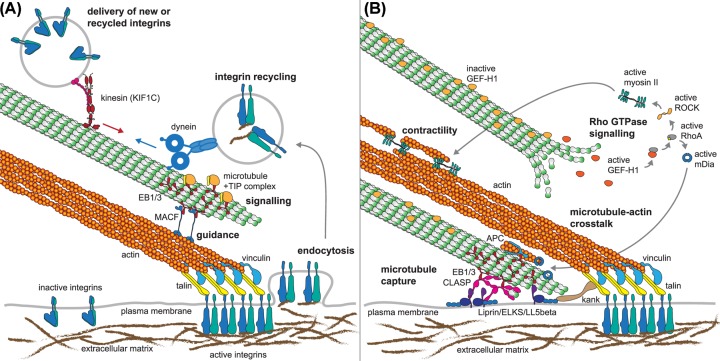Figure 2. Examples of microtubule–actin cross-talk and regulation of focal adhesions.
(A) Focal adhesions link the extracellular matrix via transmembrane receptors (integrins) via talin (yellow) to actin filaments (orange). Vinculin (blue) binds talin and actin and reinforces tension within focal adhesions. Recycling and new delivery of integrins and other adhesion receptors depend on directional transport on microtubules using KIF1C and dynein. Guidance of microtubule assembly along actin fibres mediated by EB1/EB3 (red) that recognise growing microtubule ends and MACF (blue) that link EBs to actin. EBs also mediate the formation of signalling complexes at microtubule plus ends and deliver relaxation factors to focal adhesions. (B) Microtubules are captured at cortical sites near focal adhesions through a complex involving CLASPs (magenta), LL5β (purple), ELKS and Liprin (blue). These are linked to focal adhesions via Kank proteins (brown). CLASPs stimulate microtubule rescues to keep microtubule ends close to the cortical capture site. APC and mDia (blue) cooperate to nucleate actin filaments and also stabilise microtubules. Microtubules regulate Rho GTPases signalling locally, for example by sequestering GEF-H1, which is activated upon its release. GEF-H1 in turn activates RhoA, which stimulates contractility through myosin II and actin assembly through mDia. Abbreviations: APC, adenomatous polyposis coli; GEF-H1, guanine nucleotide exchange factor-H1.

